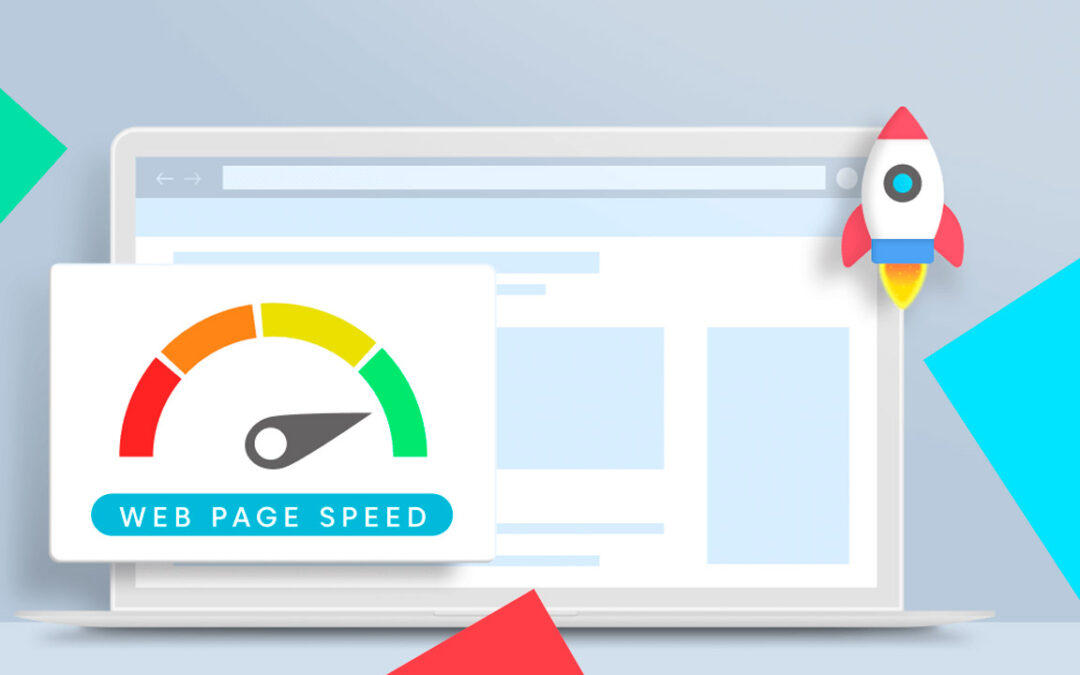Over the last two years, it has become increasingly difficult to generate a consistent income as an affiliate. From Facebook’s anti-affiliate stance to the long list of regulations released by search engines like Google, generating stable, consistent, and stress-free paid traffic isn’t as simple as it once was. It’s been a major source of frustration and a potential business killer for thousands of affiliates.
However, alongside the “Google slaps” advertisement disapprovals and the massive flock to second-tier ad networks is a shift in many affiliates’ mindset. Rather than focusing on the hustle of direct-response advertising, many successful affiliates and product owners are looking to search or socially-powered websites as a source of traffic, sales, and income.
I’ve been using this formula—along with a few other online business models—for the past few years, and while it’s not the cash cow that a large advertising campaign can be, it’s a much more reliable and steady source of income. Advertising and sales checks from blogs and search-powered websites are more consistent than the average ad campaign.
Six steps to a profitable site sale
These six rules—along with four anti-rules—can assist you in developing and selling your own web properties, allowing you to generate a strong and consistent sideline income in addition to your main online venture. Despite the comfort of consistent and recurring passive income, you may require short-term funds to fund other websites or advertising projects. In that case, be sure to put these six website selling tips into action.
1. Determine your website’s long-term worth ahead of time.
A successful website’s average sales price ranges between six and ten times its monthly profit. While this may appear to be a significant sum, especially for a website that generates several thousand dollars per month, it is only a fraction of the value assigned to offline businesses.
Consider Facebook’s current valuation: a ridiculously high $50 billion. Is this an accurate representation of the website’s current earnings? No. While the website is profitable by all accounts, it is far from those levels. The valuation reflects the website’s long-term value, which you can apply to your own websites as well.
So, rather than thinking about your website’s short-term revenue and monthly profit, consider its long-term revenue growth potential. If you’re trying to sell a site that’s a real social media hit, or one with a growing search presence, for example, use this potential as an indicator of its value and price it accordingly.
2. Know your audience and how to sell to them.
The most common mistake I see in website sales is one that I see in almost every aspect of online marketing: using the same tactics for very different audiences. Just as you would use different sales tactics to sell a car than a bag of candy, you must use different sales tactics to sell different types of websites.
Understand your target audience and how they will react to your website auction. It’s important to remember that on larger marketplaces like Flippa, people prioritize revenue and profit information over everything else. Information about your website’s potential for growth may be more important to an independent website investor.
3. Before listing your own website, research successful website sales.
When asked how he learns new skills quickly, productivity guru (and now fitness author) Tim Ferriss explained that he looks to people who have achieved massive success in a short period of time. It’s a philosophy that can be applied to anything, from online marketing to selling your own websites, and it always yields positive results.
When deciding how to present your website for sale, instead of going with your gut instinct, look at other websites that have achieved high sales prices in the past. What information do they reveal? Which sales techniques and pitches are they employing to frame the auction? You can vastly improve your own results by reverse-engineering sales information from successful website auctions.
4. Prior to listing, take steps to maximize profits.
Nothing is more frustrating than seeing a website for sale that has barely been optimized. From blogs lacking even the most basic advertising to affiliate websites reeking of poor conversion testing, if an online property hasn’t been optimized, it will never reach its true value at sale. If you put your site on the market without optimizing it for profit, you’re making a huge (and potentially costly) mistake.
Before you put your site up for auction, test different advertising networks, ad creatives, and affiliate offers on it. Test various ad placements, monetization methods, and a plethora of different lead capture strategies. Unoptimized (or poorly optimized) websites can be excellent buys for buyers, but they are never a good option for you as a seller.
Before making a sale, I’ve optimized many of the websites I’ve sold to increase profits by as much as 415 percent. Small changes, such as the wording surrounding your call-to-action text or ad placement, can make a significant difference in the amount of revenue generated by your website.
5. Make use of a well-known outlet that attracts the right audience.
There are hundreds of auction sites where you can list your website, but only a few are worth your time. Flippa is the most popular, and despite its reputation for occasionally hosting shady websites, it is actually the best option available. I recently sold two websites on Flippa for mid-four-figure sums, one of which had a ROI of over 400%.
However, don’t confuse a large audience with a good audience. If you own a niche website, for example, it’s almost always better to appeal to others in your niche directly rather than through an all-purpose outlet like Flippa. As I mentioned in step two, it’s critical to understand the type of people you’re marketing to, not just the number of potential buyers you have access to.
6. Reduce “fluff” statistics and concentrate on the substance
“Fluff” statistics are statistics that, while impressive when explained in an auction, are completely meaningless when it comes to your website’s ability to generate income or influence change. The statistics I’m referring to are total pageviews—generally information that has no bearing on actual profitability—or data on how much traffic your website generates in total.
Instead of providing this type of information to potential bidders, highlight your website’s strengths and provide buyers with real data. Discuss how many unique visitors your website receives, your top traffic sources, and the worth of a visitor to your website. “Fluff” statistics are only relevant in one situation: when your website is overpriced and you need to close the sale as soon as possible.












0 Comments